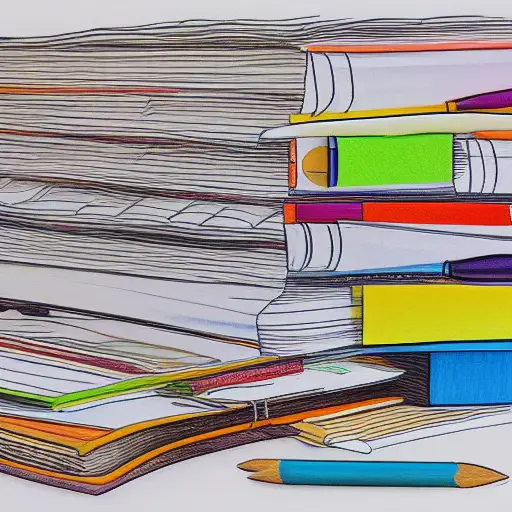When it comes to organizing paperwork, there are several different methods you can use. These include color-coded file folders, hanging-file systems, and binders. You can also label your files with the dates and names of the people you work with. These methods will help you to organize your files and find what you need quickly.
Color-coded file folders
Color-coded file folders are a great way to keep your paperwork organized. This simple system allows you to easily identify and find the files you need when you need them. A good system will save you time by eliminating the need to spend time searching for files. A color-coded system will also eliminate the possibility of misfiled documents.
Color-coded filing systems assign colored labels to key letters or numbers. As such, they create blocks and bars of color when like-numbered and lettered file folders are grouped together. This way, it will be easy to find files or folders that are misfiled and need to be sorted. In addition, it will improve your overall organization and efficiency.
Another method of color-coding is using sticky notes. They are popular in most offices and come in many colors, including black, purple, and red. You can also color-code your files using colored storage bins. These come in different sizes and colors, and some of them even come with lids.
Another benefit to using color-coded file folders for organizing paperwork is their ability to help with filing and retention. When using color-coding, employees can easily find the files they need without spending hours searching for them. This method is especially helpful for organizations that have different file series.
Using a hanging-file system
When using a hanging-file system for organizing paperwork, you should label each file according to category. For instance, financial records should go in a folder labeled “Financial Records.” Household documents should be labeled “Vital Records,” “Taxes,” and “Pay Stubs.” Label each folder according to its content and order them in logical order.
When using hanging file folders, make sure that the tabs are oriented straight. This allows you to pull open the file without pulling any tabs out. Keep in mind that the more specific the category, the easier it will be to find what you are looking for. For example, you might have different folders for work, banking, and investments. In addition, you might have separate folders for bills and invoices from individual suppliers.
When using a hanging-file system for organizing paperwork, make sure you have a couple of extra sets on hand. This will make it easy to add more categories and files as needed. Even though filing isn’t fun, it’s important to keep your paperwork organized so you won’t feel overwhelmed. A hanging file system should also have clear tabs so you can easily label the files.
Another useful tip for organizing your paperwork is to use a file cabinet. File cabinets with hanging files are ideal for filing documents, as they provide quick and easy access to them. When you don’t need to access any of your documents immediately, you can simply store them in a weather-resistant container in a separate area.
Using binders
When using binders for organizing paperwork, you will need to organize each section in a logical way. A student can begin by brainstorming ideas for sections. Then, jot down these ideas on a piece of scrap paper. If you don’t have a hole punch, you can use page protectors. You can also label the dividers using permanent markers, a label maker, or a printer.
When choosing a binder, choose a design that has different sections for each document type. A large binder with multiple sections may be the best option if you have a large amount of documents. This will also save you money if you purchase a larger binder. Make sure that the dividers are clearly labeled to make finding each document easy.
Binders are also useful for storing important documents. They are convenient and easy to grab and keep handy for emergencies. You can keep a binder next to your bed, on your desk, or in your purse. This way, you’ll never have to dig through multiple files to find a piece of important paperwork.
When choosing a binder, you’ll want to think about its size and purpose. While a three-ring binder is the most common, there are several different sizes available. Decide how many sheets you need to organize before buying a three-ring binder. Also, consider the size of your documents before you decide on the size and type.
Using a daily routine
Using a daily routine to organize paperwork is an effective way to make sure that everything has a place. It is especially useful when the information you receive comes in verbally, digitally, or on paper. Rather than trying to cram everything into a file cabinet, pick one time each day when you can focus on going through everything.
One way to do this is to set aside 5 minutes every day to organize paperwork. You can then make lists of the items you want to file and put them in a specific folder. You can use a daily schedule template for this purpose. By setting a time each day for dealing with paperwork, you’ll be more likely to stick with it.












